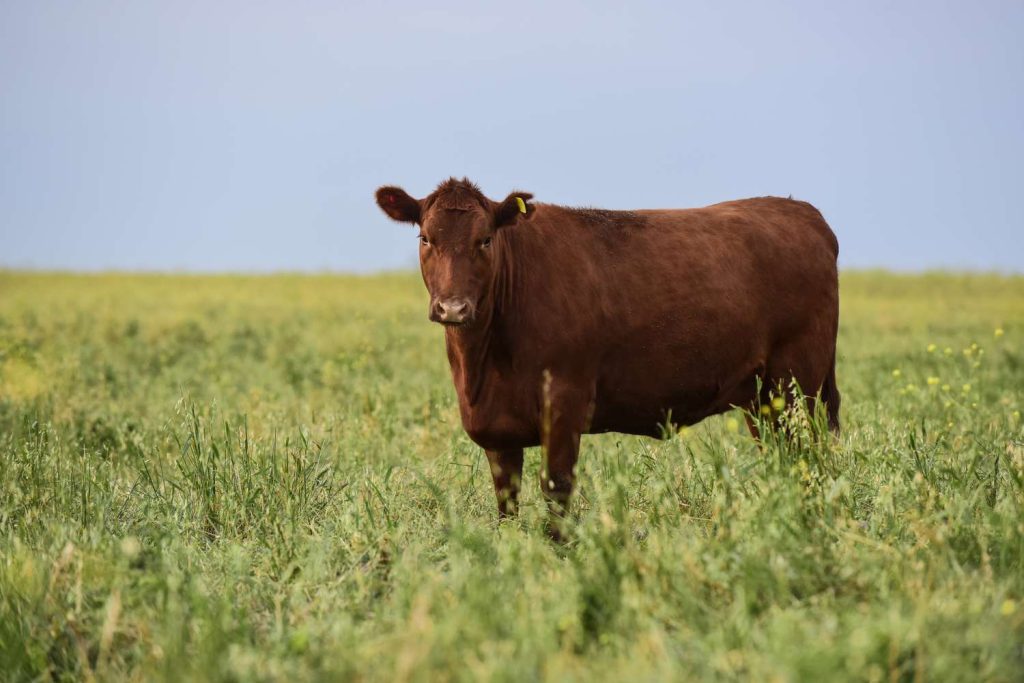Beauty influencers have a new favorite natural moisturizer: beef tallow, a rendered fat from cooked-down cow tissues. Some claim that it can treat everything from dry skin to acne.
Tallow has hydrating and therapeutic properties, and it may increase the skin’s fatty acid concentration, according to a review article published in the journal Cureus.
“Beef tallow can potentially help dry skin as a moisturizer. It is rich in fatty acids, including oleic, palmitic, stearic, and linoleic acid, which can form a protective shield that seals in moisture to help the skin barrier,” Elizabeth Bahar Houshmand MD, FAAD, a double board-certified dermatologist based in Dallas, Texas, told Verywell in an email.
However, more research is needed to confirm whether beef tallow is safe to use on skin.
“Instagram and TikTok always like a bit of a new or unheard-of product effect. Beef tallow is moisturizing, but it can also cause acne. There are many better options out there,” Houshmand said.
Is Beef Tallow Safe to Use on Skin?
Back in 1990, a report published in the Journal of the American College of Toxicology concluded that beef tallow was safe in cosmetics. However, the new Cureus review called for more research on the side effects of applying tallow to your skin.
“While beef tallow is currently used in some soaps and other skincare products, there have been reports of irritation when applied in animal studies. It is unclear if it is the actual beef tallow or other ingredients in the product,” Cindy Wassef, MD, an associate professor at the Rutgers Robert Wood Johnson Medical School, told Verywell in an email.
Beef tallow fits into the current “clean beauty trend” and high demand for natural cosmetics. Many wellness influencers say the product solved their skin issues and praise beef tallow for its lack of toxic ingredients and hard-to-pronounce chemicals. But it may not work for everyone.
“[B]eef tallow is quite comedogenic, and if you have oily skin or are acne-prone, it can lead to more breakouts,” Houshmand said.
Comedogenic products can clog pores and make existing acne worse. Coconut oil, another popular “natural” moisturizer, is also considered comedogenic.
Some beef tallow moisturizers are advertised as “non-comedogenic.” However, before starting any new skincare product, it might be best to consult with a dermatologist, Houshmand said.
Is Beef Tallow Worth Adding to Your Skincare Routine?
If you want to use beef tallow as your moisturizer, you can find it at a supermarket, local butcher shop, or online marketplace. Some people use beef tallow for frying and high-heat cooking, and many sellers say that beef tallow at room temperature lasts for about a year.
People with dry skin might get the most benefit from using tallow. A small 2017 study found that mutton tallow (made from sheep fat instead of beef fat) mixed with walnut oil improved skin hydration in women with dry and sensitive skin.
Beef tallow contains beneficial vitamins and fatty acids, specifically oleic and stearic acid, which help moisturize dry skin, according to Wassef.
“Most importantly, these ingredients can be absorbed from beef tallow by the skin rather than just sitting on top of the skin and not having a whole lot of use. Because of its ability to hydrate, beef tallow may benefit healthy skin but also dry and eczema-prone skin,” Wassef said.
Beef tallow skincare products sometimes contain essential oils to mask or enhance the product’s smell. But, keep in mind that essential oils can irritate the skin.
What This Means For You
If you’re considering beef tallow for skincare, it may help with dry skin due to its fatty acid content, which supports hydration and barrier protection. However, it’s highly comedogenic and might worsen acne, especially for oily or acne-prone skin.
-
U.S. Department of Agriculture. Edible tallow.
-
Russell MF, Sandhu M, Vail M, Haran C, Batool U, Leo J. Tallow, rendered animal fat, and its biocompatibility with skin: a scoping review. Cureus. 2024;16(5):e60981. doi:10.7759/cureus.60981
-
3 Final report on the safety assessment of tallow, tallow glyceride, tallow glycerides, hydrogenated tallow glyceride, and hydrogenated tallow glycerides. J Am Coll Toxicol. 1990;9(2):153-164. doi:10.3109/10915819009078731
-
Statista. Natural cosmetics—worldwide.
-
Ghani H, Rahman R, Liu K, Cubelli S. An investigation of makeup ingredients and their effects on acne cosmetica with dermatologic practice recommendations. Skin J Cutan Med Surg. 2021;5(5):474-481. doi:10.25251/skin.5.5.4
-
Kowalska M, Mendrycka M, Zbikowska A, Kowalska D. Assessment of a stable cosmetic preparation based on enzymatic interesterified fat, proposed in the prevention of atopic dermatitis. Acta Pol Pharm. 2017;74(2):465-476.
-
Sindle A, Martin K. Art of prevention: essential oils—natural products not necessarily safe. Int J Womens Derm. 2021;7(3):304-308. doi:10.1016/j.ijwd.2020.10.013
:max_bytes(150000):strip_icc()/StephanieBrownnewheadshot-e5ca9ba2a404491384e9300a7871f190.jpg)
By Stephanie Brown
Brown is a nutrition writer who received her Didactic Program in Dietetics certification from the University of Tennessee at Knoxville. Previously, she worked as a nutrition educator and culinary instructor in New York City.
Thanks for your feedback!
What is your feedback?








